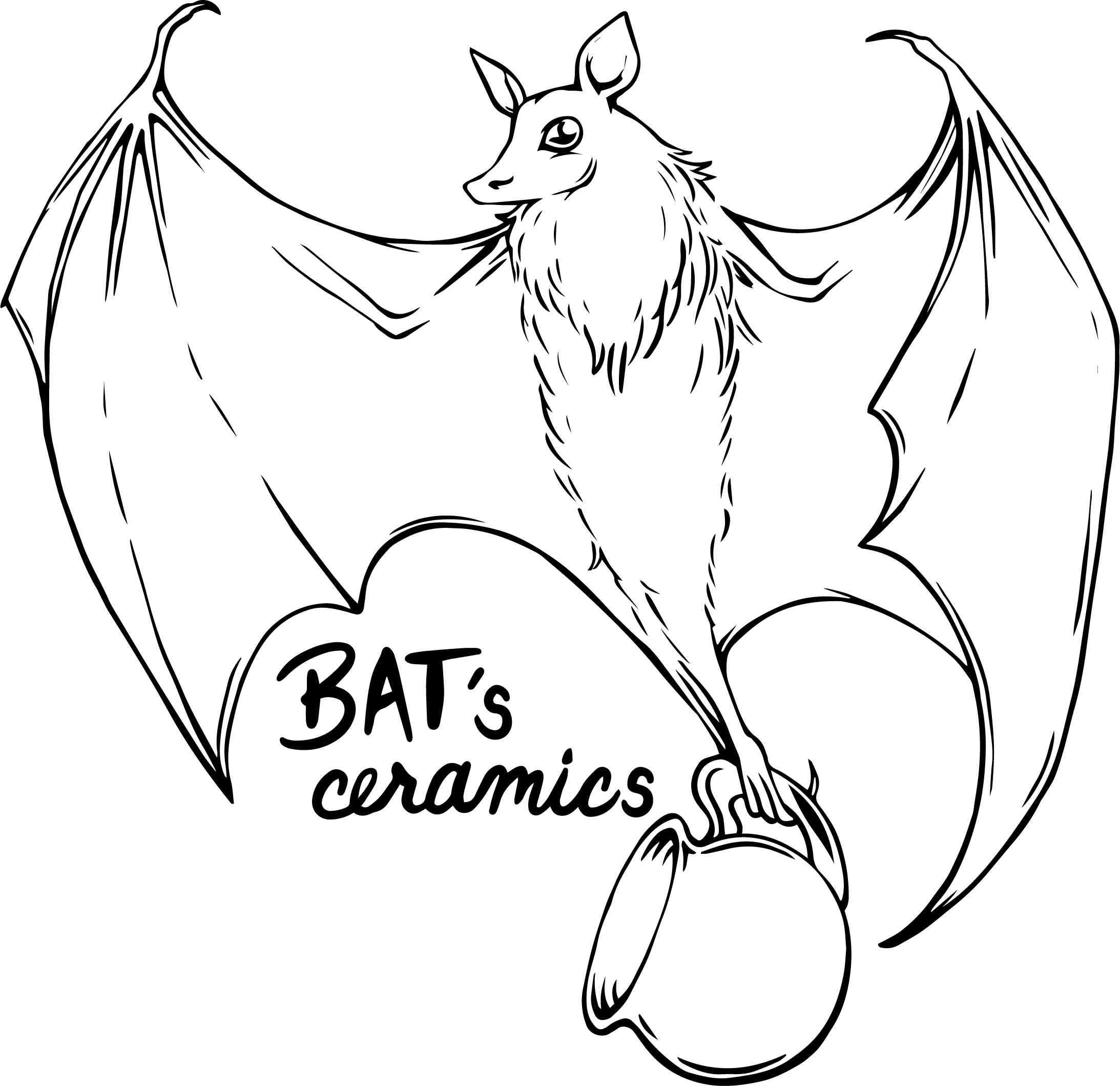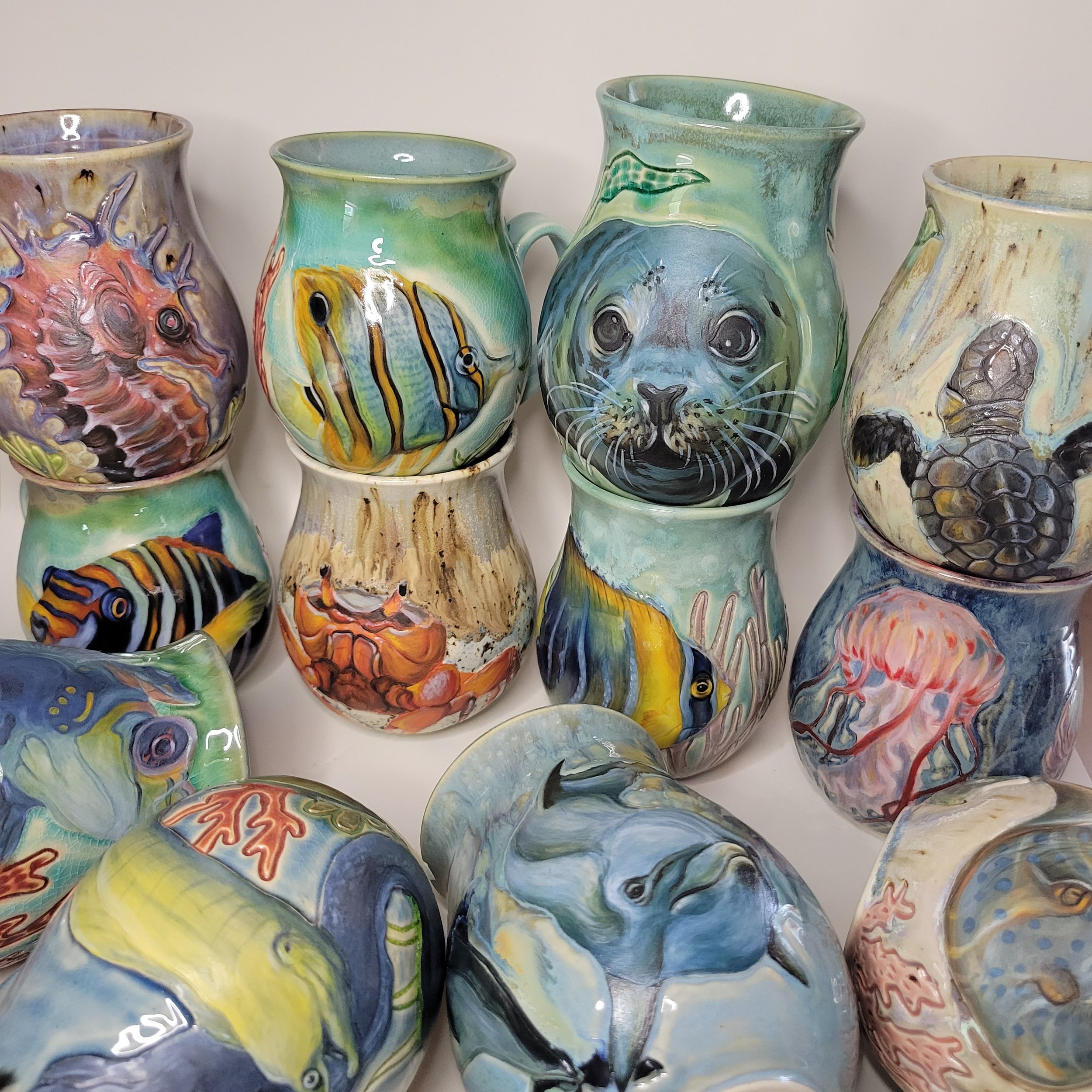UNDER THE SEA
May-July 2023
To get my creative juices flowing I have many natural history books. While going through I was attracted to the many angelfish of the sea. When it came to doing my research, finding reference photos and fun facts for my followers to learn, I was drawn to the many other creatures of the sea. Instead of only focusing on angelfish I decided to add other marine life.
During this time the new live action movie The Little Mermaid was released in theaters. I waited years for this movie to come out! The Little Mermaid has been my favorite Disney princess movie since I was a child. I pulled a lot of inspiration from the movie including painting a double eel mug, red crab, and creating 7 seashell mugs because of the 7 mermaid sisters.
My initial thought for the glazes were to look as much like water as possible. The sand dollar and starfish mugs are meant to look like waves on the shore, pushing the shells across the sand. During my process I came across glow in the dark glaze from Penguin Pottery, which created the special effect to make the mugs glow bioluminescent. I only added the glow in the dark glaze to a handful of jellyfish mugs. I’m excited to play with this glaze more in the future to perfect the technique.
With this collection of work, I held a raffle for the painted jellyfish mug to make a donation to Ocean Conservancy - dedicated to protecting the ocean from today’s greatest global challenges. They work on conserving the ocean through many ways: beach and ocean cleanups, fighting to pass funding bills through congress, working with fisheries for sustainable fishing, protecting the Artic from unsafe oil drilling, studying climate change and water acidity, and more! Together we donated $400.
Please consider these easy ways to help conserve the ocean-
The carry in carry out method. Whenever you visit any place. Never leave your garbage!
Volunteer time to your local beach clean-up. Take a day to clean up your shoreline! The sea turtles will thank you! Many turtles will not nest due to garbage on the shore!
Reduce your carbon footprint! The ocean absorbs 30% of the carbon in the atmosphere. The less carbon the better for everyone!
Avoid single use plastics! Many plastics are not recyclable and guess where they end up? The ocean, where marine life sadly think is food, so they end up starving to death because of the plastic in their stomachs.
Avoid purchasing trinkets and items that involve marine life exploitation. ei- shells, dried starfish, coral, etc. Even having a saltwater fish tank stems down the line of exploiting fish from the ocean to breed for tanks. Did you know 1 in a thousand seahorses taken from the ocean survive tank life!?
Become an ocean advocate! Reach out to your local law makers asking about their ocean protection policies.
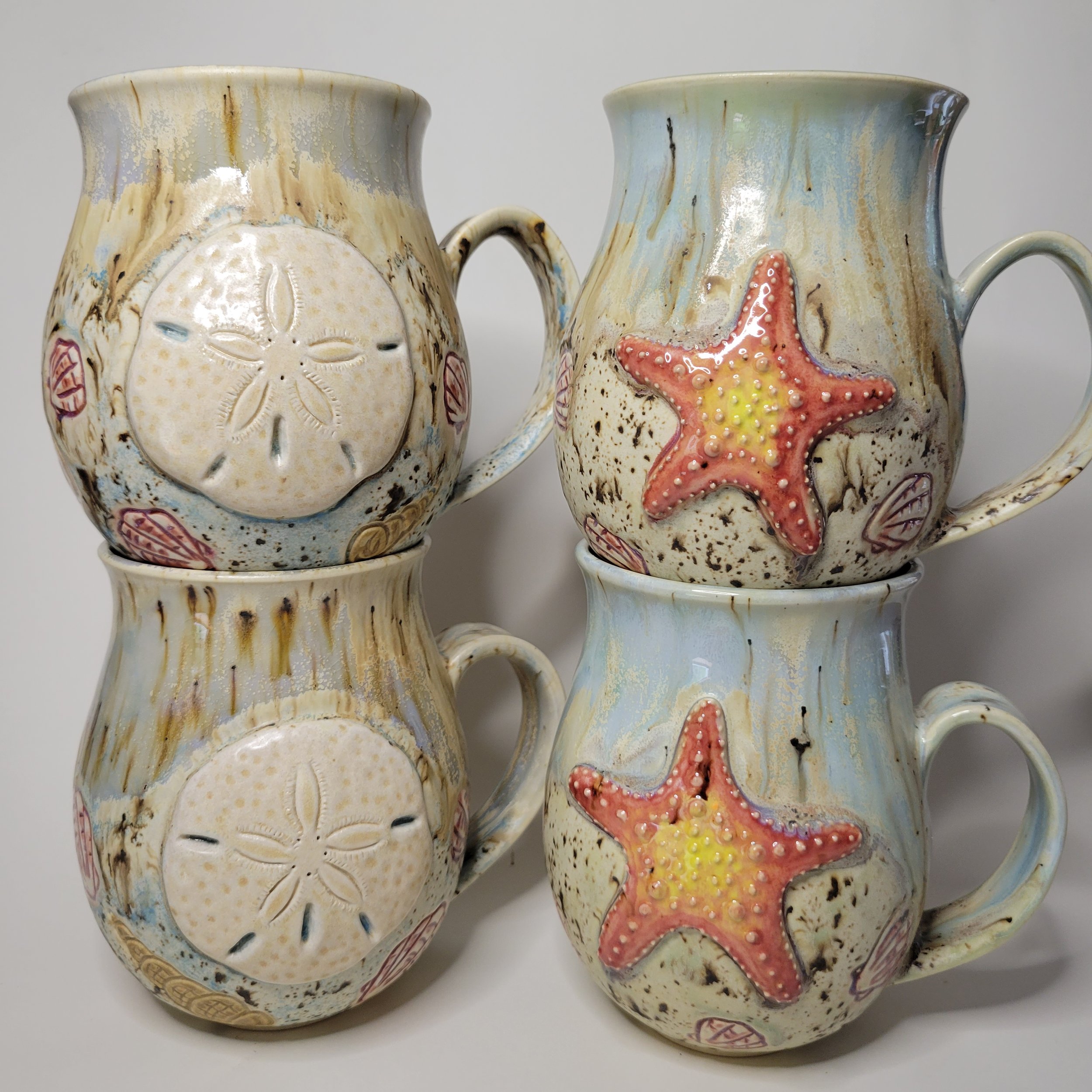
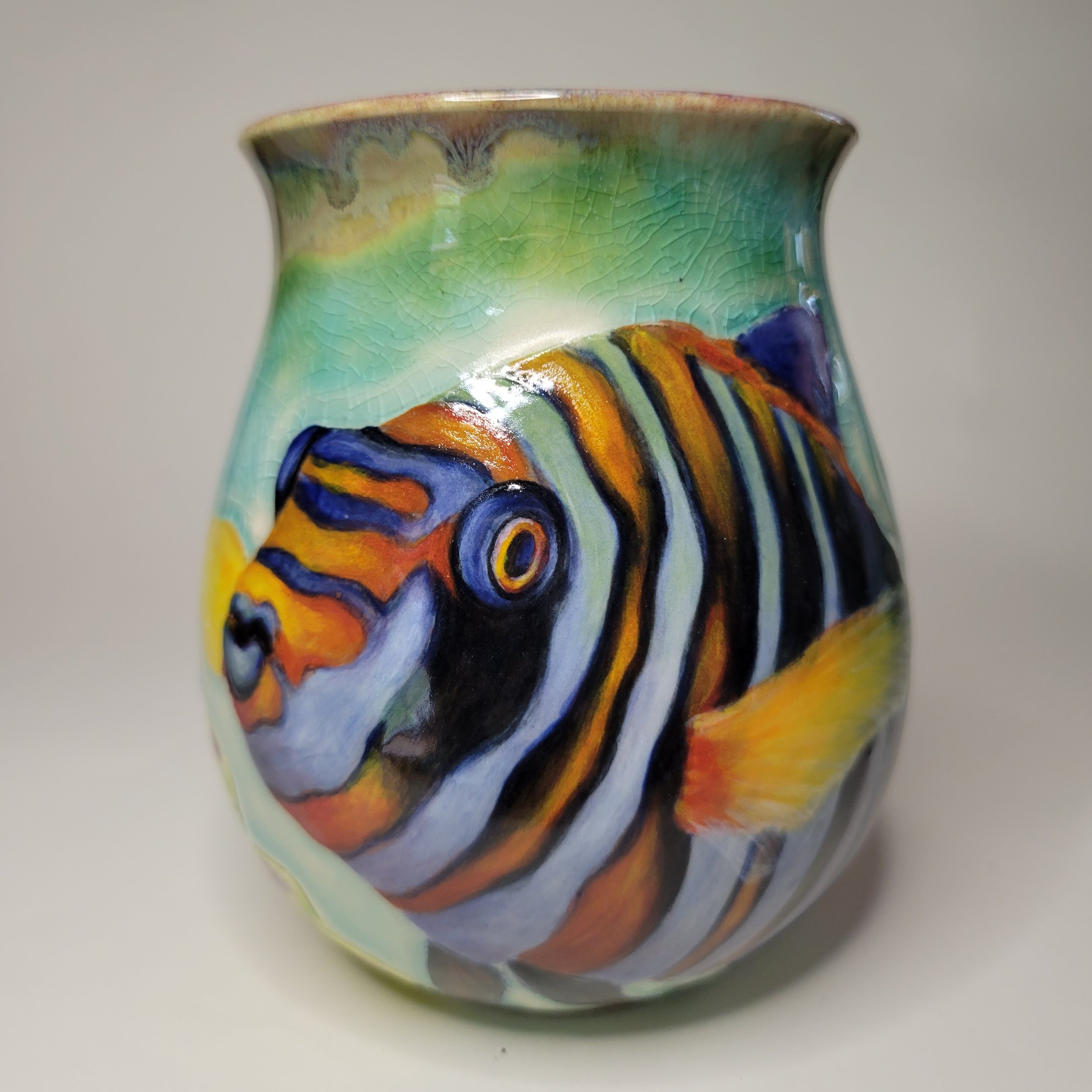

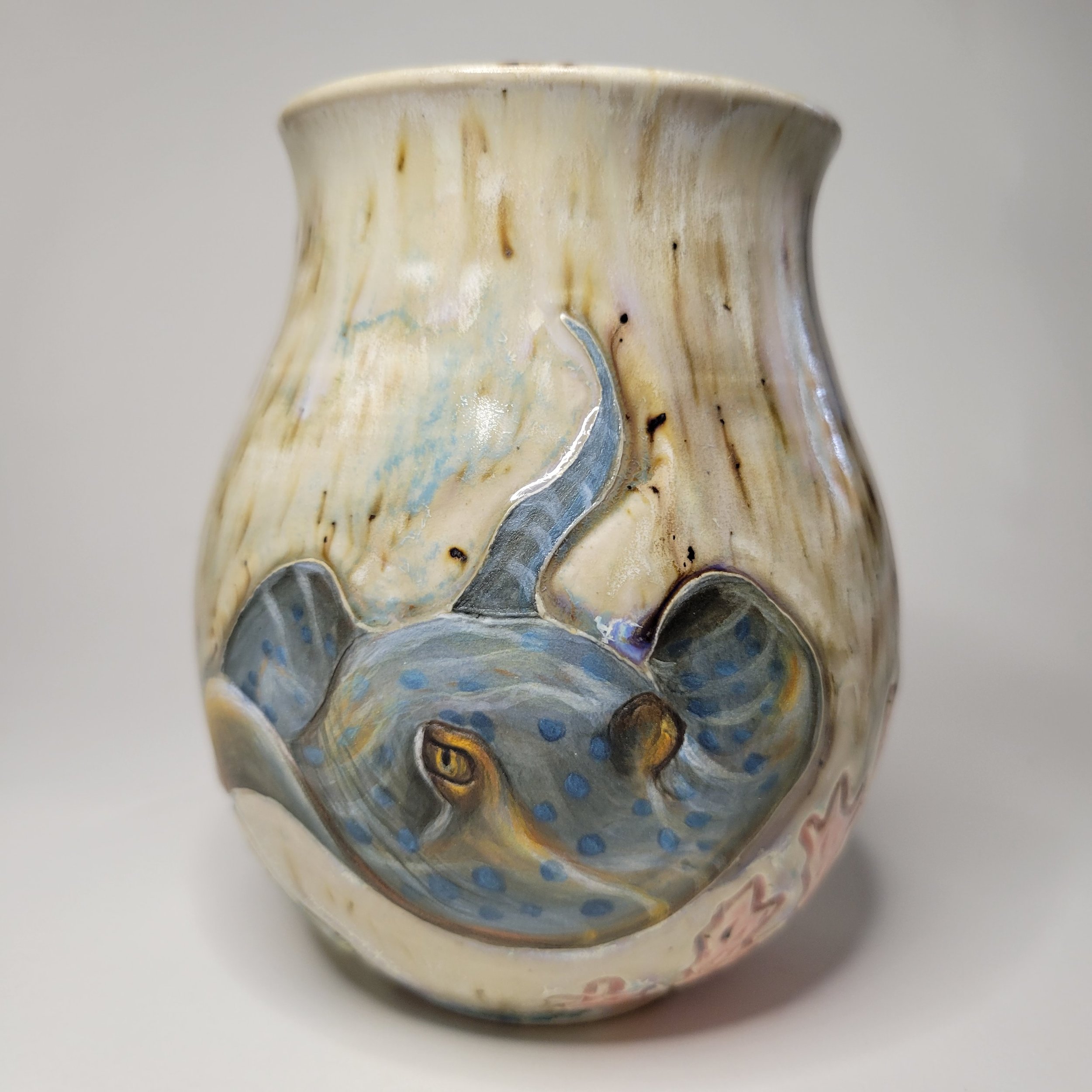

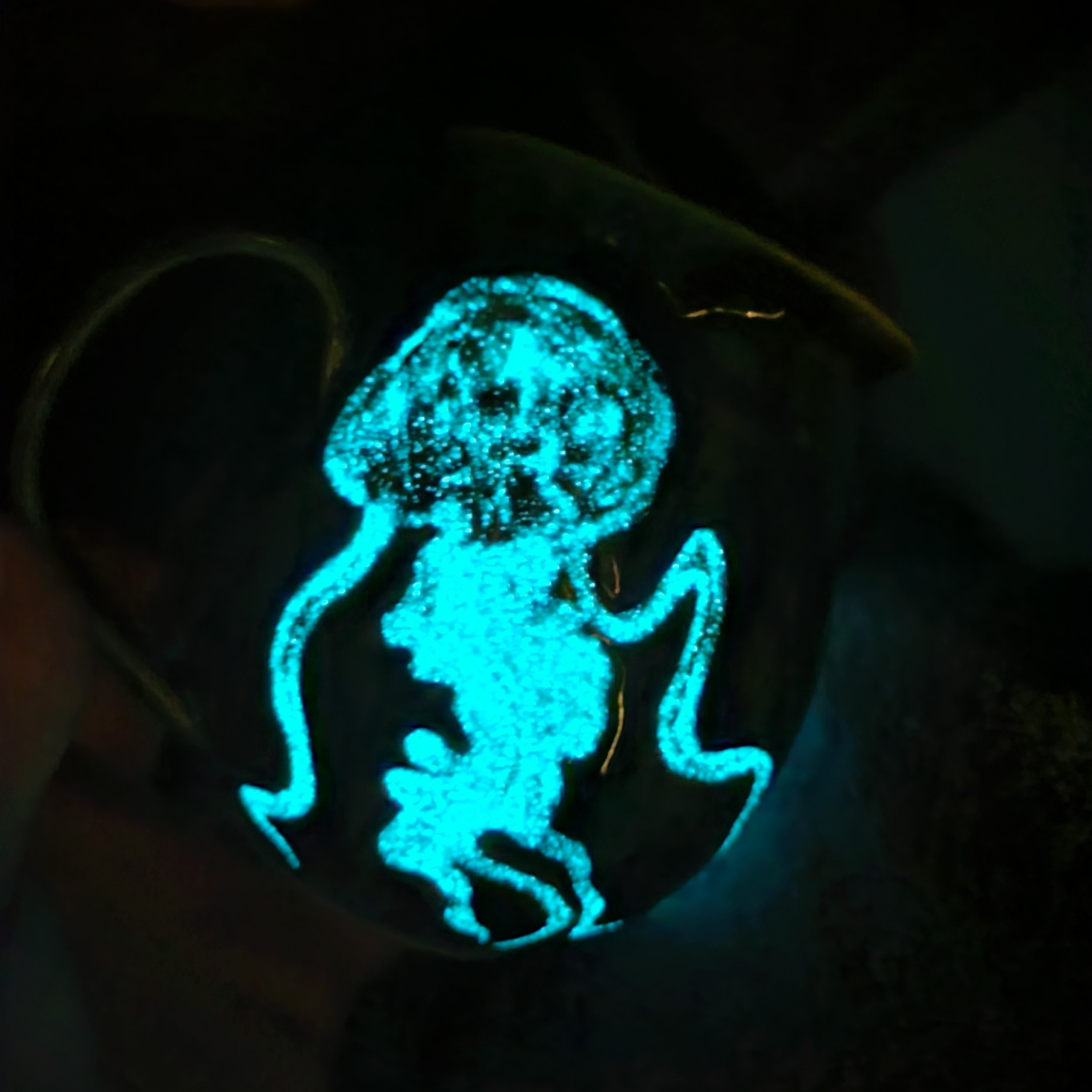

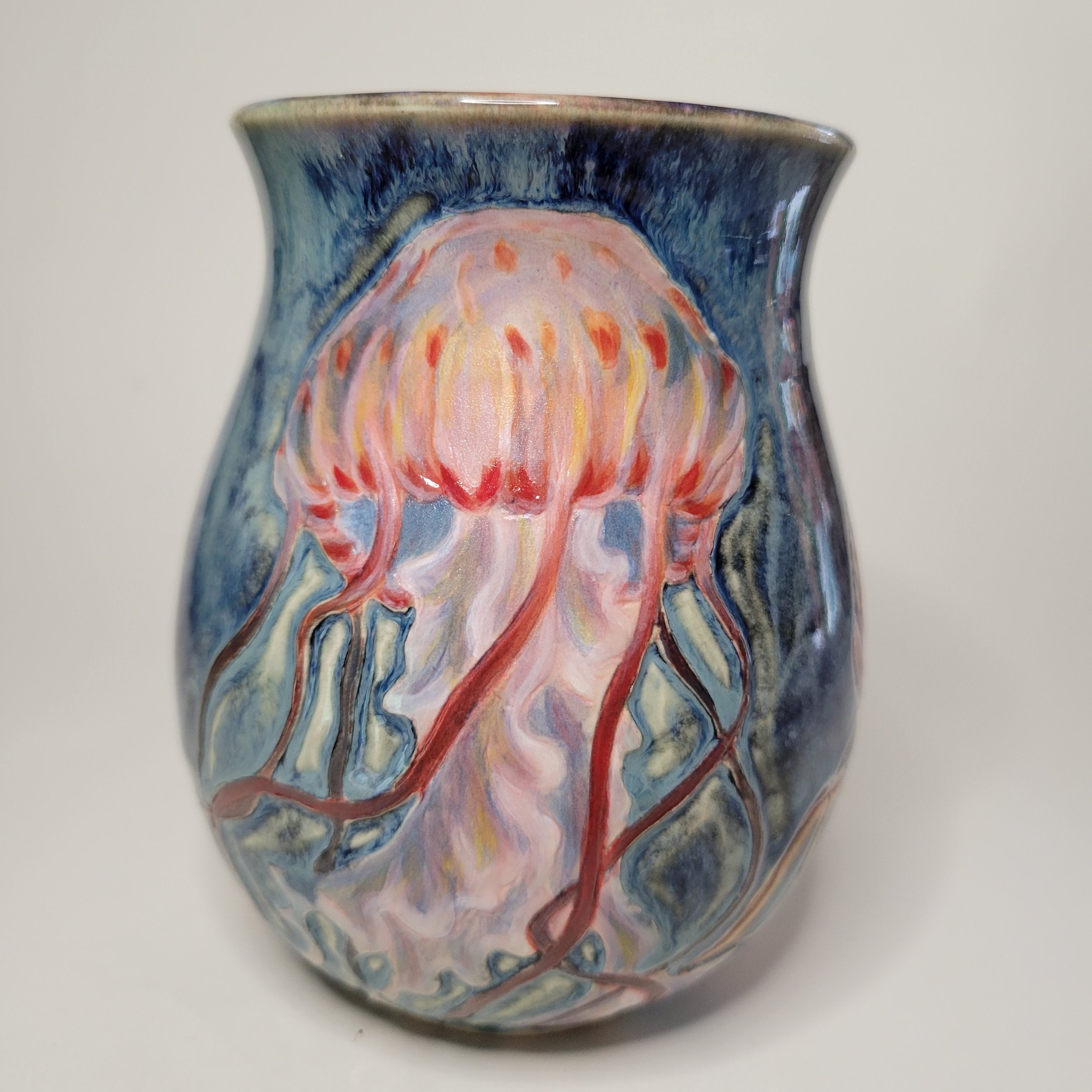

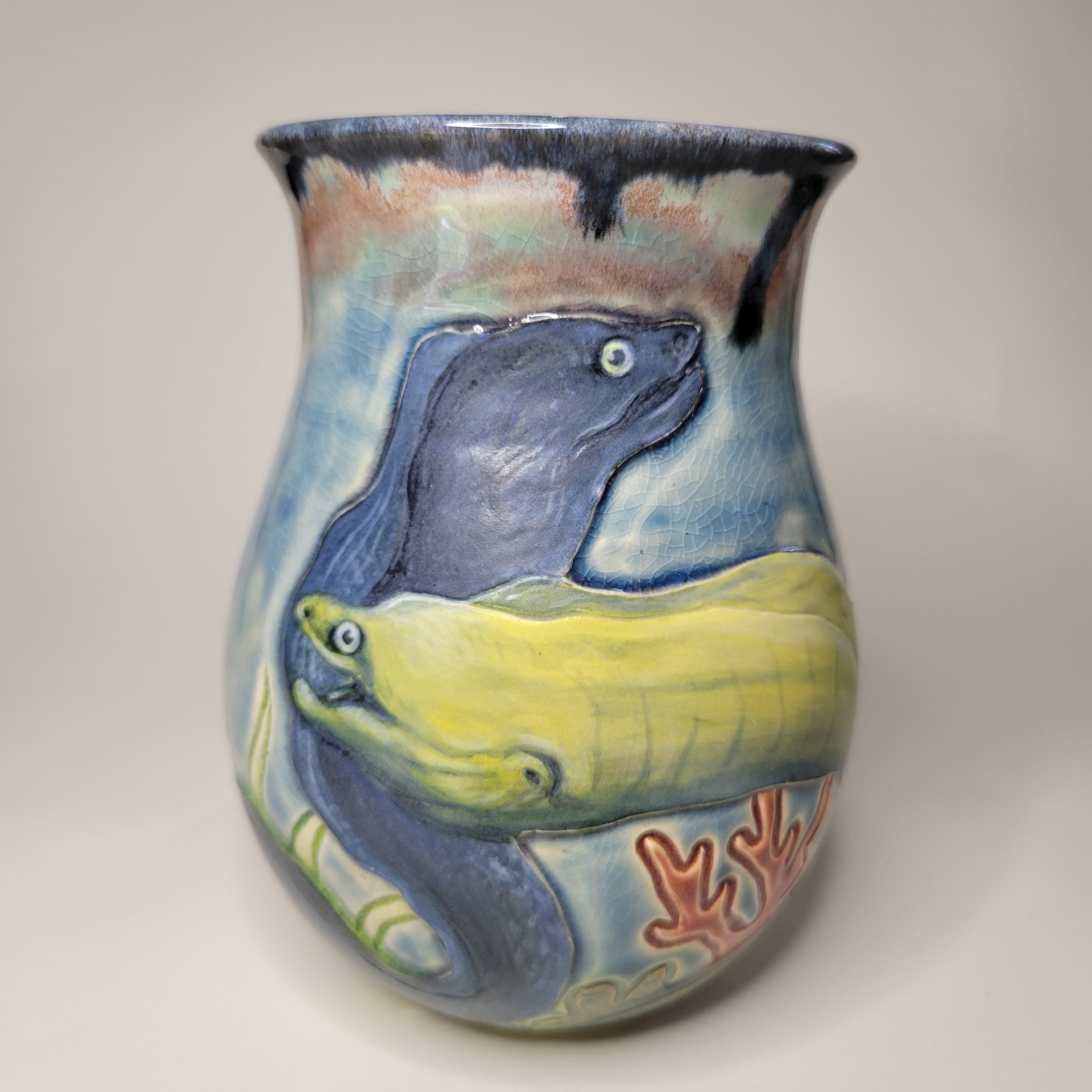

Fun facts about the animals I painted-
Bobtail squid has a special light organ that helps them glow at night. The squid has a symbiotic relationship with bioluminescent bacteria called vibrio fischeri.
Seahorses have a unique boney crown on their head called a cornet, like a fingerprint, distinct for each seahorse.
For every 1000 sea turtle to hatch, only one reaches adulthood due to natural predators and obstacles. Those who do survive still face numerous threats from humans. All sea turtles from the US waters are listed as endangered or threatened.
Jellyfish are free swimming marine animals that have no brains, hearts, or eyes.
An octopus is a mollusk like a clam but through evolution it lost its shell.
Angelfish are protogynous hermaphrodites meaning a female can change into a male if their population needs more males to procreate.
Angelfish release chemicals signals in their bile and urine to communicate.
Hammerhead sharks have a special organ which detects electrical signals emitted by other living creatures.
Sting rays, while hunting on the ocean floor, breath through spiracles, an alternate vent system that sends water to the gills. A sting ray’s mouth and gills are on their under sides, so when hunting through the sand, instead of breathing in the sand, the spiracles on the top of their head breathes for them.
Some crabs have teeth in their stomachs which grind against on another when the stomach contracts.
Seals can sleep underwater and usually only coming to land to escape predators, mate, give birth, feed, and moult.
Many eels do not have gills, so they constantly have to open and close their mouths to breathe.
